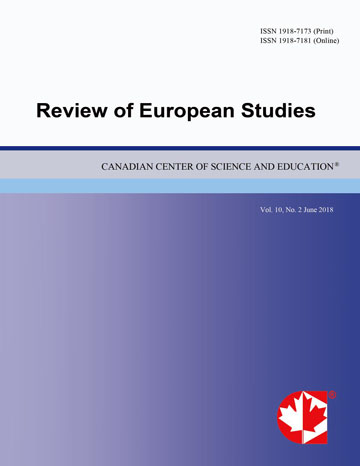Types of Interlanguage Phraseological Correspondences (Based on English and Turkish Languages)
- Zulfiia Khanifovna Fazlyeva
Abstract
Contrastive study of phraseology is important for general linguistic problematics, theory and practice of translation, interpreting lexicography and teaching foreign languages. We can state similarities and differences in phraseology of different languages based on current comparative studies. Many linguists use material of non-kindred languages in comparative studies. The objective of such researches is detection of both general features—universals common for any language and differential features typical for individual languages. The distinctive feature of phraseological units’ correlation is that phraseological units are more complex than their components both by structure and meaning, it also should be mentioned the infrequency of the “form-meaning” relation. The objective of the paper is distinguishing and studying two phraseological groups of English and Turkish languages associated with the notion of “family” that, to the best of our knowledge, weren’t studied before in each of languages separately and, particularly, in a comparative way. The study endeavors to correlate PU in both languages by basic parameters in order to define the universal and the differential, and also detect inter-linguistic equivalences and compensatory mechanisms in the area of difference.
Results of comparative study of PU contribute to distinguishing general and specific features of their structural models, detecting facts of one language system influence on the other, and also detecting regularities in PU translation from one language into the other.
- Full Text:
 PDF
PDF
- DOI:10.5539/res.v7n9p1
Index
- ACNP
- CNKI Scholar
- DTU Library
- Elektronische Zeitschriftenbibliothek (EZB)
- EuroPub Database
- Excellence in Research for Australia (ERA)
- Genamics JournalSeek
- Google Scholar
- Harvard Library
- HeinOnline
- Infotrieve
- JournalTOCs
- Mir@bel
- Open policy finder
- RePEc
- ResearchGate
- ROAD
- Scilit
- Technische Informationsbibliothek (TIB)
- The Keepers Registry
- Universe Digital Library
- WorldCat
Contact
- Paige DouEditorial Assistant
- res@ccsenet.org
